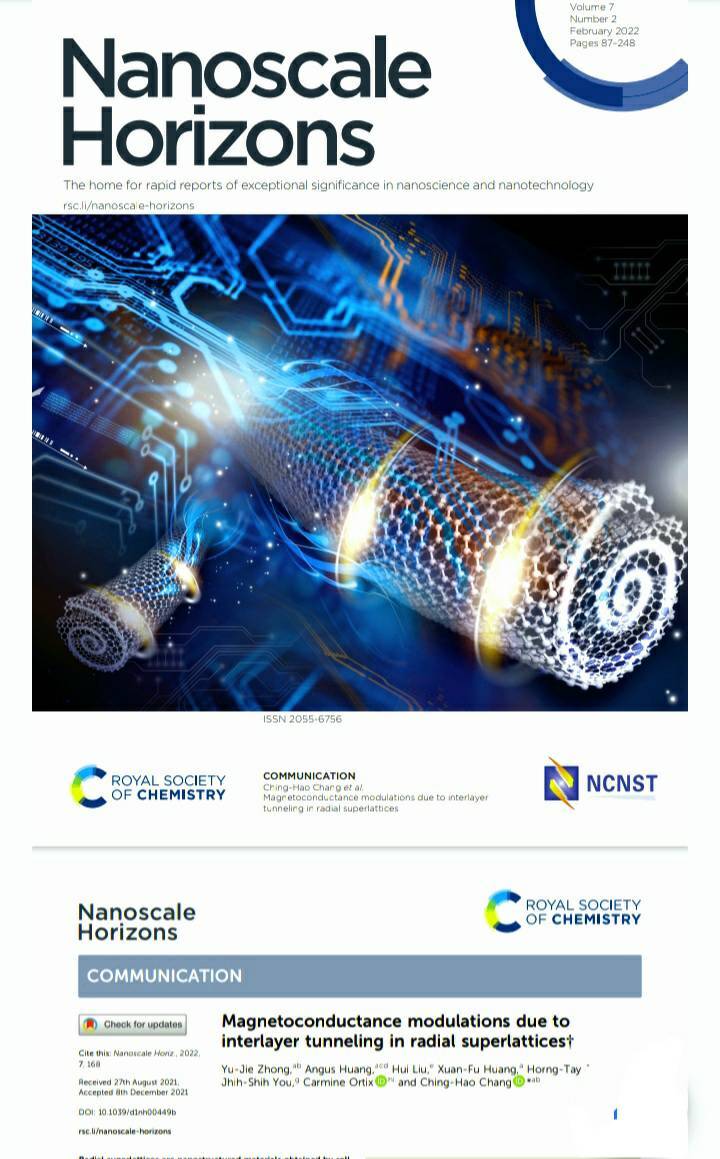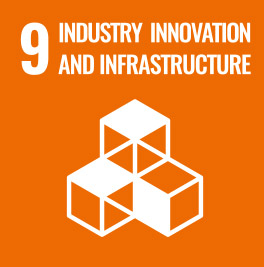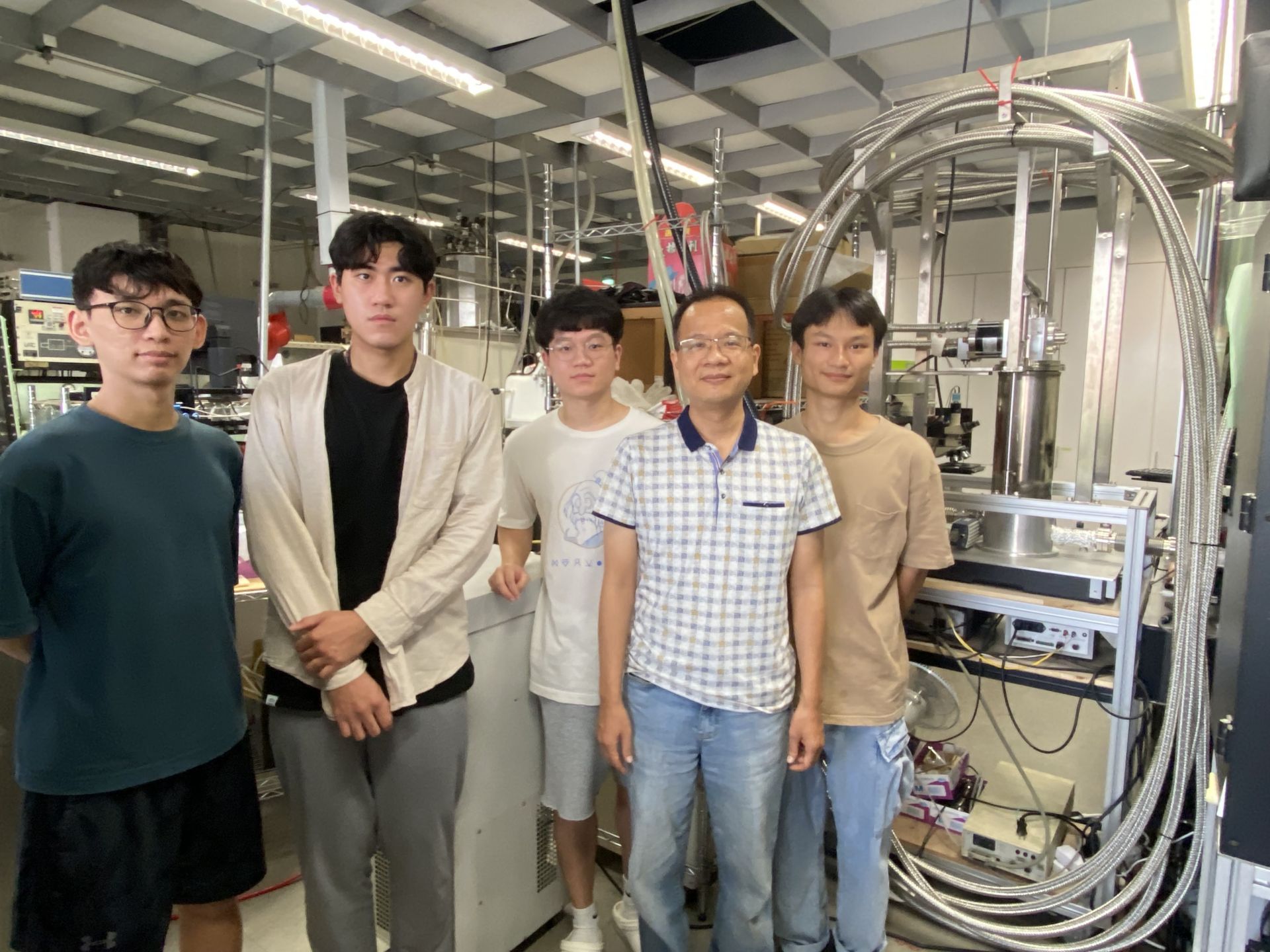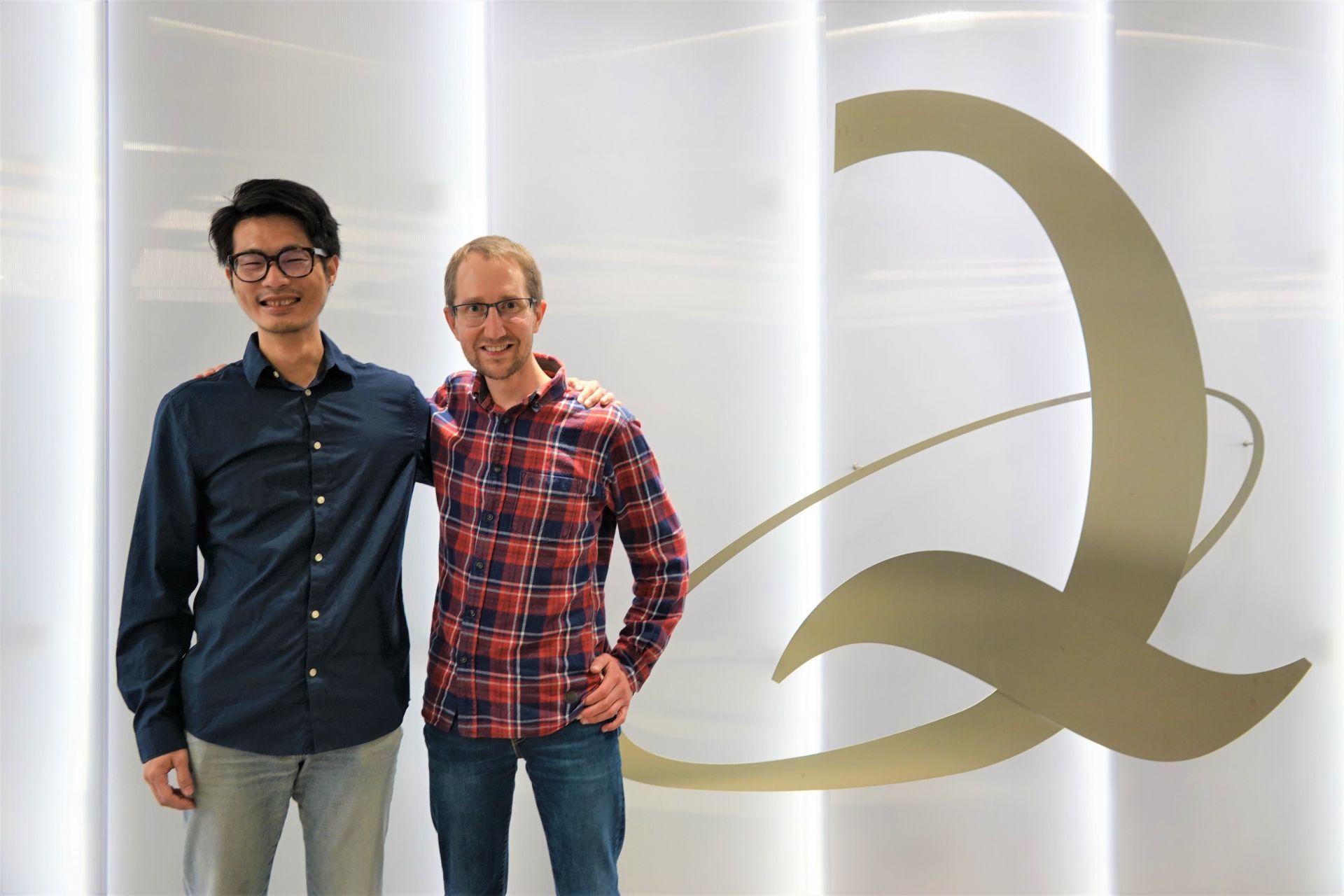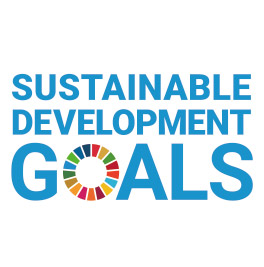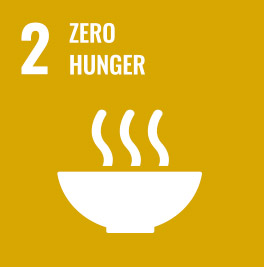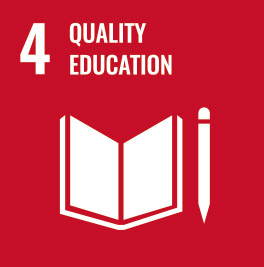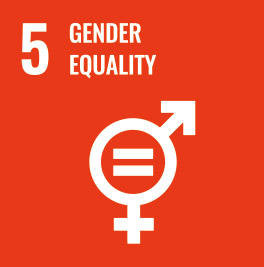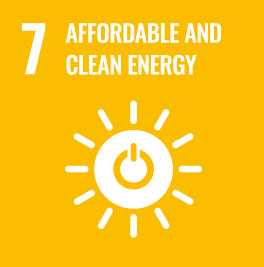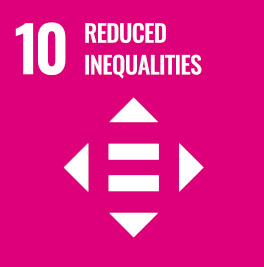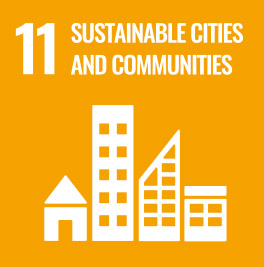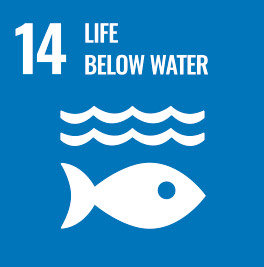SDG9
Next Generation Light and Flexible Chip Team of Ching Hao Chang Find the Key Point of Flexible Nanotechnology
Next Generation Light and Flexible Chip
Team of Ching Hao Chang Find the Key Point of Flexible Nanotechnology
A light, flexible chip with abundant applicabilities is no longer a dream! Ching Hao Chang, a professor of the Physics department, at NCKU, worked with his team on the analysis of Graphene and discovered that it has new applicability after being rolled up. Therefore, they were dedicated to research and they constructed a physical model (quantum state). The research result was posted in Nanoscale Horizons, an indicative journal in the field of Nanotechnology, and was selected as its front cover.
Silicon Layer Material is No longer the Only Choice to Produce Chip
Prof. Ching Hao Chang said that when he was a researcher in the Leibniz Institute for Solid State and Materials Research Dresden in 2013, he realized that the flexible electrode plate and other components made by Graphene were developed and attracted the attention of the industry. At that time, he thought that this kind of 2D material has the features of special, abundant , and free operant, etc, so it might beat silicon, becoming a new material of semiconductor element and providing the opportunity to engage in related research. Therefore, after returning to Taiwan in 2018, Prof. Chang devoted himself to related Physical theory research, hoping to find the key to developing rollable nanomaterials by understanding the path of the lattice structure (atomic arrangement) of 2D materials as they move and jump in the circuit.
Team of Prof. Chang further explained that so far, Graphene is the thinnest material found in nature. When the hexagonal, honeycomb lattice graphite sheet is peeled off, you can see a single layer of single-atom carbon material with a thickness of 0.34 nanometers, however, flexible means that it can be bent at will, and can be made into a tiny, lightweight object. For example, the latest cellphone with multi-angle screen folding function is the product made of flexible glass.
Why “Rollable Nanomaterial”?
Semiconductor industry still uses layered silicon as the material of the chip, but there is limited space for improvement. If you want to surpass 5 nanometers, rolled-up Graphene which has a faster conduction, an extremely low power consumption, and a smaller size, is expected to replace silicon and become the nanomaterial of the next century. Furthermore, it can be used to produce ultra-thin, ultra-light, rollable chips that can be used to develop multiple components. Related research has been conducted in the materials industry for over twenty years, but the key electronic properties behind it are still unknown and have not been able to make a big splash and be included in the practical application landscape.
Prof. Chang said that the research he has participated in recent years has confirmed that when Graphene is twisted into a spiral nanometer at the nanometer scale, it will produce magnetic by the change of interatomic distance, displaying new transmission characteristics that are irreplaceable by other materials; the flexible nanometer can not only miniaturize the chip but also achieve the goal of energy saving and carbon reduction, and its future development should not be underestimated. However, there are still many factors to be overcome, one of which is that if we want to productize it, we must find out the principle behind it, just like the equation of calculation and the laws of physics, however, to find out the theory that meets the correct calculation value, baffled many research teams.
The process from zero to one needs a little imagination and romance.
Since 2019, the team has been trying to verify whether the resistance data behind the experiment match the hypothesis theory by different ways of calculation. Recalling the process of cooperation with his team, he said, “We were like The Three Musketeers, using our own expertise to conduct the research.”They tried different ways to break through, encouraged each other, discussed, and overcame difficulties.It was their close relationship that made progress in the research. Prof Chang also said, “This valuable, unique, exploratory learning time has enriched each other’s research careers.”One of the final computational results of the research even came from the fourth author, Xuan Fu Huang, who was a junior in the physics department at the time.
Dr. Yujie Zhong, the first author of the paper, is a postdoctoral researcher on the team. She said that physicists consider it fascinating to "explore the composition and laws of the material world" and to use physics to find beautiful new worlds is fascinating. For her, it is also a reason to inspire herself to go into academic research, and with this valuable experience, she will be more determined to go forward in the future in a field where women are less visible.
The second author, Dr. Yen-Cheh Huang, said that the research process over the past two years has been very frustrating at first. He often repeatedly doubted whether he was wrong because his calculation results do not match with others, and then through the actual electronic transmission of calculations, he broke through the calculation details of the error. He believed that, first, you need to believe in yourself, and eventually, after a few more mistakes, you will make it.
Finding the key behind flexible nanometer by modeling
“By analyzing the basic theory model, you can see the new quantum physical properties behind it.Professor Chang said that this is the first time that a research team has built a fundamental physical model of a flexible nanostructure from scratch and understood its structure, the causes of electrical and magnetic transmission, and confirmed that the quantum states in the material have special and adjustable quantum phases, and that the quantum states of nanotubes or nanoribbons can be artificially switched to form unique, rich and perfect transmission properties. This is a breakthrough in the field, and we hope to collaborate with experimentalists in the future to develop new energy storage devices and optimize related products.
In addition, he is particularly grateful for the cooperation of the physics teams from Germany, the Netherlands and the department of Physics of NTNU. It was a great experience to brainstorm,discuss, and overcome different calculation methods with scholars in the same field. Prof Chang said that some people say romance is a kind of science, "Physics is both romantic and realistic, satisfying the fantasy of the unknown, and through experiments, confirming that the fantasy is true, and once you fall into it, you cannot extricate yourself.”
Team of Ching Hao Chang Find the Key Point of Flexible Nanotechnology
A light, flexible chip with abundant applicabilities is no longer a dream! Ching Hao Chang, a professor of the Physics department, at NCKU, worked with his team on the analysis of Graphene and discovered that it has new applicability after being rolled up. Therefore, they were dedicated to research and they constructed a physical model (quantum state). The research result was posted in Nanoscale Horizons, an indicative journal in the field of Nanotechnology, and was selected as its front cover.
Silicon Layer Material is No longer the Only Choice to Produce Chip
Prof. Ching Hao Chang said that when he was a researcher in the Leibniz Institute for Solid State and Materials Research Dresden in 2013, he realized that the flexible electrode plate and other components made by Graphene were developed and attracted the attention of the industry. At that time, he thought that this kind of 2D material has the features of special, abundant , and free operant, etc, so it might beat silicon, becoming a new material of semiconductor element and providing the opportunity to engage in related research. Therefore, after returning to Taiwan in 2018, Prof. Chang devoted himself to related Physical theory research, hoping to find the key to developing rollable nanomaterials by understanding the path of the lattice structure (atomic arrangement) of 2D materials as they move and jump in the circuit.
Team of Prof. Chang further explained that so far, Graphene is the thinnest material found in nature. When the hexagonal, honeycomb lattice graphite sheet is peeled off, you can see a single layer of single-atom carbon material with a thickness of 0.34 nanometers, however, flexible means that it can be bent at will, and can be made into a tiny, lightweight object. For example, the latest cellphone with multi-angle screen folding function is the product made of flexible glass.
Why “Rollable Nanomaterial”?
Semiconductor industry still uses layered silicon as the material of the chip, but there is limited space for improvement. If you want to surpass 5 nanometers, rolled-up Graphene which has a faster conduction, an extremely low power consumption, and a smaller size, is expected to replace silicon and become the nanomaterial of the next century. Furthermore, it can be used to produce ultra-thin, ultra-light, rollable chips that can be used to develop multiple components. Related research has been conducted in the materials industry for over twenty years, but the key electronic properties behind it are still unknown and have not been able to make a big splash and be included in the practical application landscape.
Prof. Chang said that the research he has participated in recent years has confirmed that when Graphene is twisted into a spiral nanometer at the nanometer scale, it will produce magnetic by the change of interatomic distance, displaying new transmission characteristics that are irreplaceable by other materials; the flexible nanometer can not only miniaturize the chip but also achieve the goal of energy saving and carbon reduction, and its future development should not be underestimated. However, there are still many factors to be overcome, one of which is that if we want to productize it, we must find out the principle behind it, just like the equation of calculation and the laws of physics, however, to find out the theory that meets the correct calculation value, baffled many research teams.
The process from zero to one needs a little imagination and romance.
Since 2019, the team has been trying to verify whether the resistance data behind the experiment match the hypothesis theory by different ways of calculation. Recalling the process of cooperation with his team, he said, “We were like The Three Musketeers, using our own expertise to conduct the research.”They tried different ways to break through, encouraged each other, discussed, and overcame difficulties.It was their close relationship that made progress in the research. Prof Chang also said, “This valuable, unique, exploratory learning time has enriched each other’s research careers.”One of the final computational results of the research even came from the fourth author, Xuan Fu Huang, who was a junior in the physics department at the time.
Dr. Yujie Zhong, the first author of the paper, is a postdoctoral researcher on the team. She said that physicists consider it fascinating to "explore the composition and laws of the material world" and to use physics to find beautiful new worlds is fascinating. For her, it is also a reason to inspire herself to go into academic research, and with this valuable experience, she will be more determined to go forward in the future in a field where women are less visible.
The second author, Dr. Yen-Cheh Huang, said that the research process over the past two years has been very frustrating at first. He often repeatedly doubted whether he was wrong because his calculation results do not match with others, and then through the actual electronic transmission of calculations, he broke through the calculation details of the error. He believed that, first, you need to believe in yourself, and eventually, after a few more mistakes, you will make it.
Finding the key behind flexible nanometer by modeling
“By analyzing the basic theory model, you can see the new quantum physical properties behind it.Professor Chang said that this is the first time that a research team has built a fundamental physical model of a flexible nanostructure from scratch and understood its structure, the causes of electrical and magnetic transmission, and confirmed that the quantum states in the material have special and adjustable quantum phases, and that the quantum states of nanotubes or nanoribbons can be artificially switched to form unique, rich and perfect transmission properties. This is a breakthrough in the field, and we hope to collaborate with experimentalists in the future to develop new energy storage devices and optimize related products.
In addition, he is particularly grateful for the cooperation of the physics teams from Germany, the Netherlands and the department of Physics of NTNU. It was a great experience to brainstorm,discuss, and overcome different calculation methods with scholars in the same field. Prof Chang said that some people say romance is a kind of science, "Physics is both romantic and realistic, satisfying the fantasy of the unknown, and through experiments, confirming that the fantasy is true, and once you fall into it, you cannot extricate yourself.”
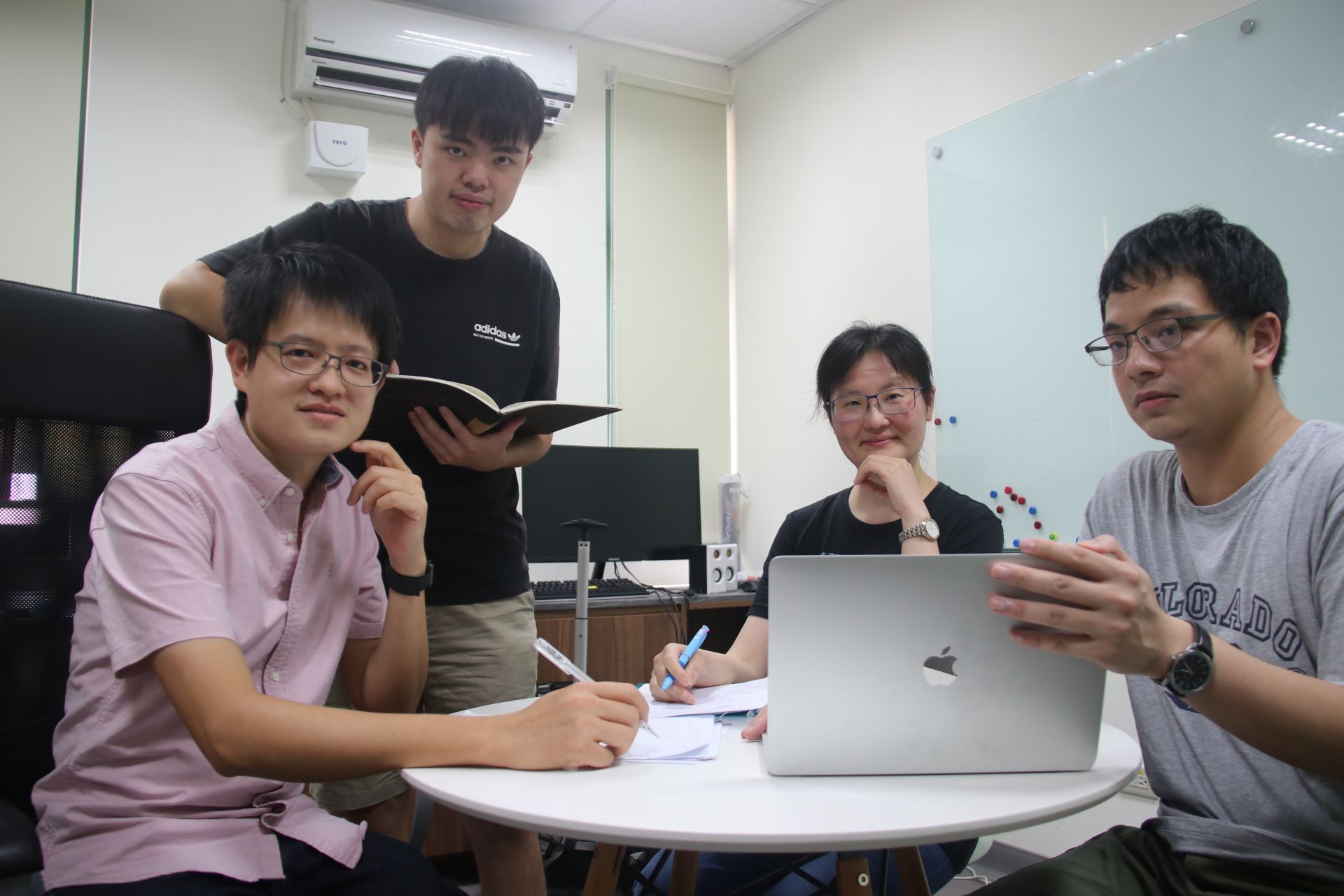
Ching Hao Chang and his team.
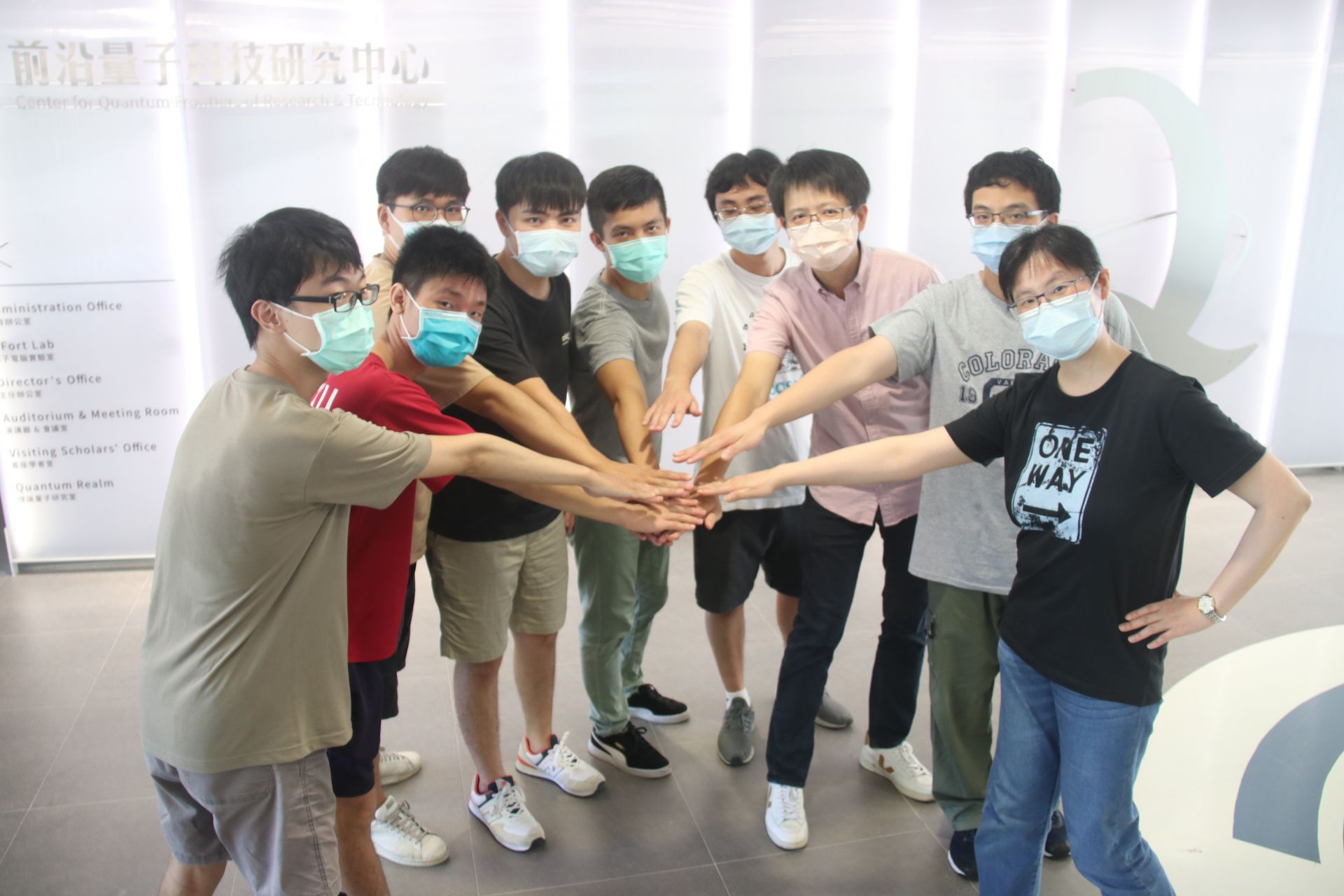
Ching Hao Chang encouraged his students to participate in the research.

